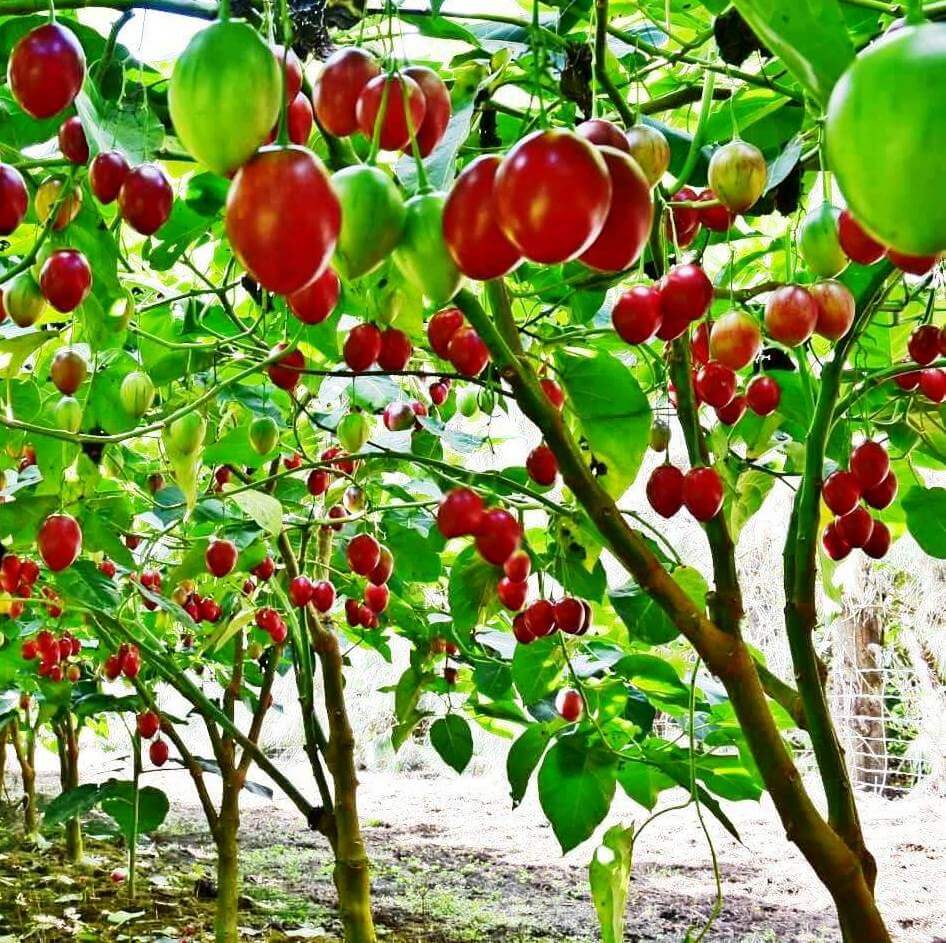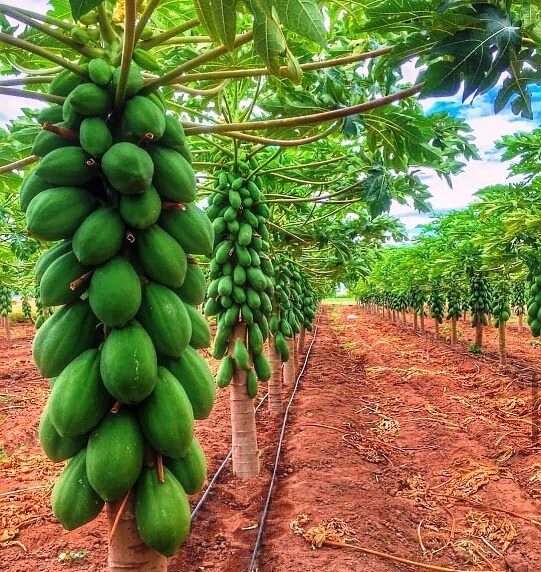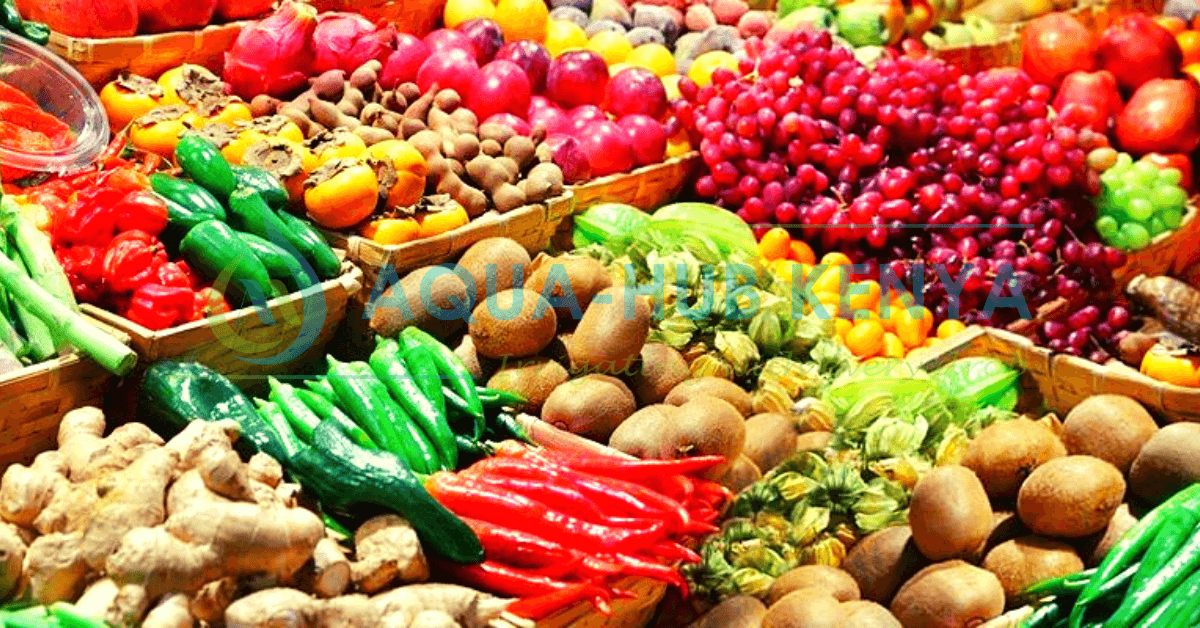The market for farm products is expanding significantly, which is beneficial to farmers. It can, however, be daunting for a farmer seeking to market their goods. This is due to the fact that there are several elements to consider when attempting to promote your agricultural items. Some are logistical in nature, such as the sort of packaging used, the appropriate size box, how the items are displayed in the shop, and even how you approach the media. Others are more marketing-focused, such as determining who your target consumers are and what they desire.

These days, farmers must contend with poor pricing for almost all agricultural products. This is a result of inadequate marketing strategies. One of the most crucial first stages in launching a prosperous agricultural enterprise is finding markets for your farm products. There are other strategies to promote your farm’s products, but here are a few that you may use to your advantage and get the finest outcomes:
1. Always Consider the Consumer
The constantly shifting demands of customers are one of the most difficult things for farmers to adjust to. Almost all customers are curious about the worth of the food they eat. Additionally, people are curious in the process used to make their food. As a result, you should examine the following frequently asked questions by customers:
- What kind of working conditions are there when my food is processed and handled?
- Does the meal satisfy my dietary needs?
- Do farms that produce the food consider animal welfare?
- Do I support local, family-run farms when I buy food?
- Do the people who grow the food I eat responsibly handle the resources at their disposal? Do they employ procedures that benefit wildlife?
- When growing my food, do the producers set a restriction on the use of pesticides, antibiotics, etc.?
- Are they utilizing environmentally friendly technologies? Do they recognize the impact they have on the environment?
2. Establish connections with suppliers and other farmers.
Establish connections with other local farmers that raise animals or crops that are comparable to those that you do so that you may aid one another in promoting your brands and goods via joint advertising initiatives. Farmers might also use people who are already in the industry to locate a market for their goods. You must first establish connections with retailers and clients in order to sell the items straight from the farm.

The majority of local stores and wholesalers assist farmers in finding a ready market for their products. Most local farmers sell their produce in this manner. For example, in our distant locations, we have farmers who cultivate food that is eventually sold to wholesalers or brokers who buy straight from the farm and carry it to metropolitan populations.
3. Use Social Media
Farmers can use online platforms, such as social media, to sell their products directly to consumers. It’s impossible to imagine living without social media platforms like Facebook, Twitter, Instagram, and YouTube as part of your daily routine because social media has become such a significant part of our everyday lives. These websites are used by farmers as a quick and convenient way to contact with people and tell them about their operations and goods.
Farmers and other persons interested in farming or agriculture may discover the markets they require by publishing information about what they produce and where they sell it on social media networks. There are numerous sorts of postings that may be published on these platforms, including images of plants, animals, or farm goods; films detailing how specific plants or animals were cultivated or harvested; and connections to websites where extra information about certain types of plants is available.
4. Sell directly to consumers
Farmers can sell their products directly to consumers through farmers’ markets, roadside stands, and community-supported agriculture (CSA) programs. This can help farmers get a higher price for their products and build a personal relationship with their customers.

You can also learn about the requirements of your local farmers’ market. This is the simplest approach to get started, since you can speak directly with clients and learn what they want and desire. By chatting to them about it, you may also learn about their likes, preferences, and manufacturing processes.
5. Participate in Agricultural Shows and Fairs or any government programs
Think about participating in agricultural events or fairs that highlight regional or seasonal crops. These gatherings provide a chance to network with potential clients and present your product offers at a time when they are in demand.
Some governments have programs in place to help farmers sell their products, such as the Farmers Market Promotion Program in the United States. Farmers can research and apply for these programs to help them find markets for their products.
Farmers employ a variety of strategies to locate markets for their products, but it’s crucial to understand which ones will work best for your farm. Because a specific sort of fruit doesn’t taste well or looks terrible, some people might not desire it. Others might not want them because of how it seems or smells. Finding a strong market for your products will be easier the more knowledge you have about what consumers desire. Keep an open mind, engage with others, and follow their interests.

